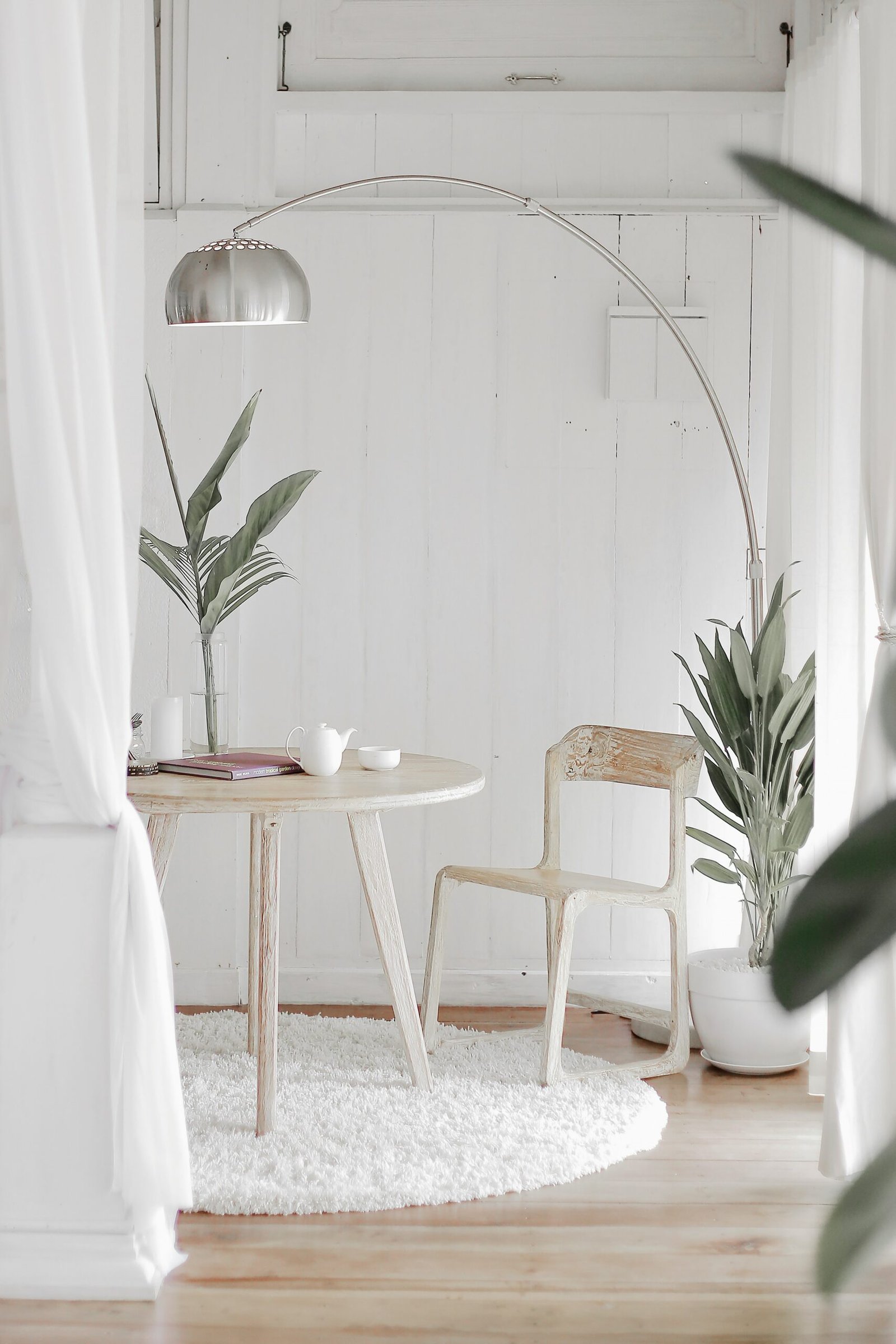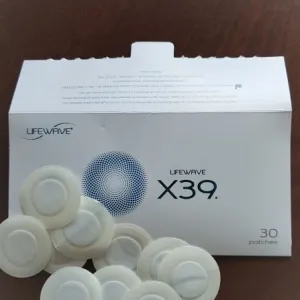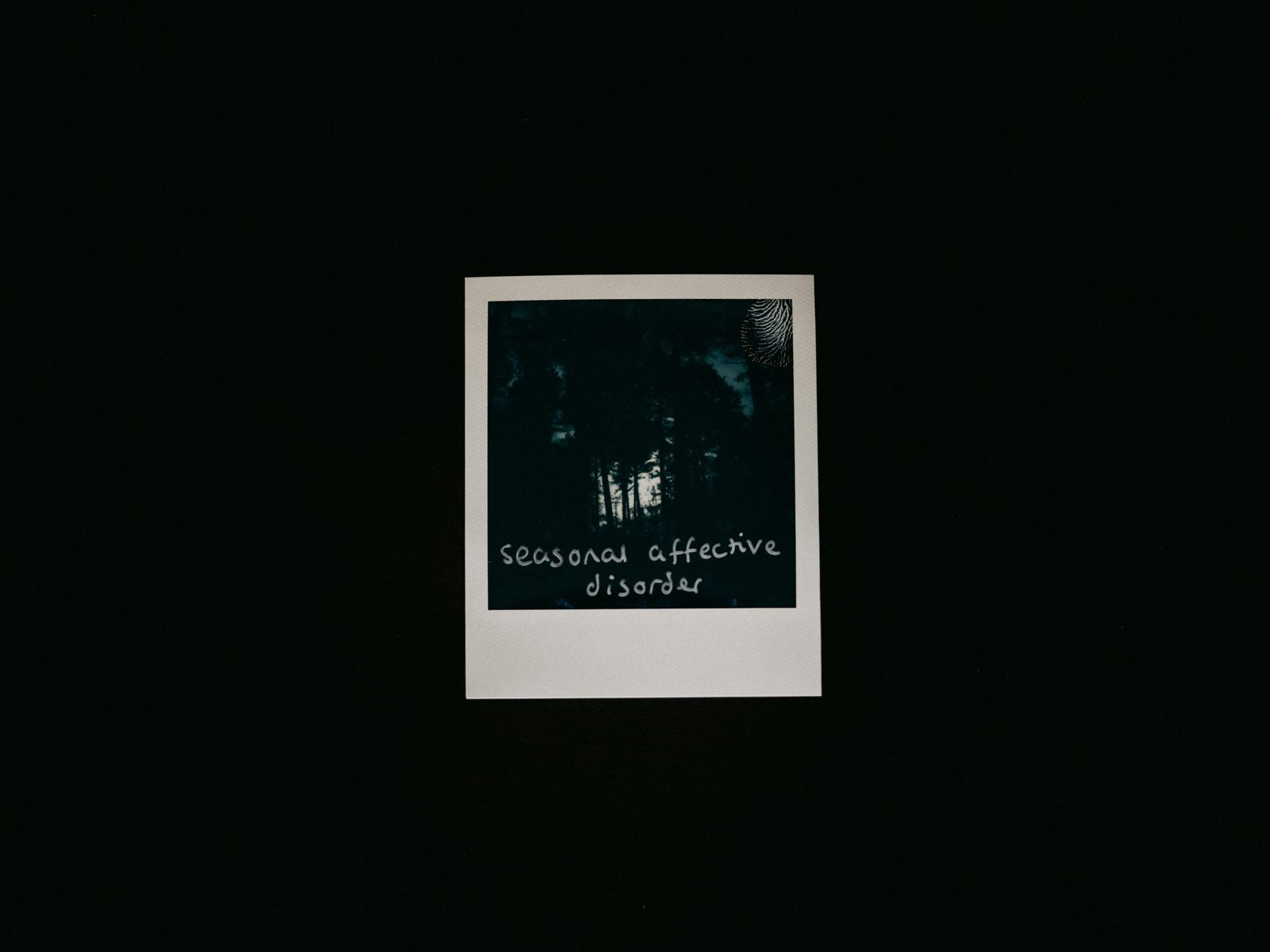LED light therapy, also known as phototherapy, has gained popularity in recent years for its ability to address various skin concerns and health issues. By utilizing different colors of the LED spectrum, such as red and blue light, LED light therapy offers targeted benefits for specific conditions. In this article, we will focus on the benefits of red and blue light therapy and provide guidelines for using LED light therapy devices at home.
Red light therapy is widely recognized for its anti-aging properties and ability to reduce inflammation. The red light stimulates the production of collagen, which helps to improve the elasticity and firmness of the skin, reducing the appearance of fine lines and wrinkles. Additionally, red light therapy can help to reduce inflammation and promote wound healing, making it a valuable tool for those with acne, rosacea, or other inflammatory skin conditions.
Blue light therapy, on the other hand, is primarily used to target acne-causing bacteria. The blue light penetrates the skin and kills the bacteria responsible for acne breakouts, helping to reduce the frequency and severity of blemishes. This makes blue light therapy an effective option for individuals struggling with acne or those who want to prevent future breakouts.
When considering the use of LED light therapy at home, it is crucial to follow device-specific guidelines for frequency and duration. Each LED light therapy device may have different power settings and recommended treatment times, so it is essential to read and understand the instructions provided by the manufacturer. In general, it is recommended to use LED light therapy devices 2-3 times a week for about 10-20 minutes per session. However, these guidelines can vary based on the device’s power and the specific condition being treated.
Consistency and adherence to instructions are key to achieving desired outcomes with LED light therapy. It is important to start with the manufacturer’s recommendations and gradually increase or decrease the frequency and duration of treatments based on your skin’s response. It is also advisable to consult with a dermatologist or skincare professional to tailor the treatment to your specific needs and skin type. They can provide personalized guidance and ensure that LED light therapy is a suitable option for you.
In addition to following the guidelines for frequency and duration, there are a few other considerations when using LED light therapy at home. It is important to clean the skin thoroughly before each treatment to remove any makeup, dirt, or oils that may interfere with the effectiveness of the light therapy. It is also recommended to protect your eyes during the treatment by either closing them or wearing protective goggles specifically designed for LED light therapy.
LED light therapy is generally considered safe for home use, but it is essential to be aware of any potential side effects or contraindications. Some individuals may experience temporary redness or dryness after treatment, but these effects are usually mild and subside quickly. However, if you have a pre-existing skin condition or are taking medications that make your skin more sensitive to light, it is crucial to consult with a healthcare professional before starting LED light therapy.
In conclusion, LED light therapy offers targeted benefits for various skin concerns and health issues. Red light therapy can help with anti-aging and inflammation reduction, while blue light therapy targets acne-causing bacteria. When using LED light therapy at home, it is important to follow device-specific guidelines for frequency and duration, as well as consult with a dermatologist or skincare professional for personalized advice. With consistency and adherence to instructions, LED light therapy can be a valuable addition to your skincare routine.
GET IN TOUCH



